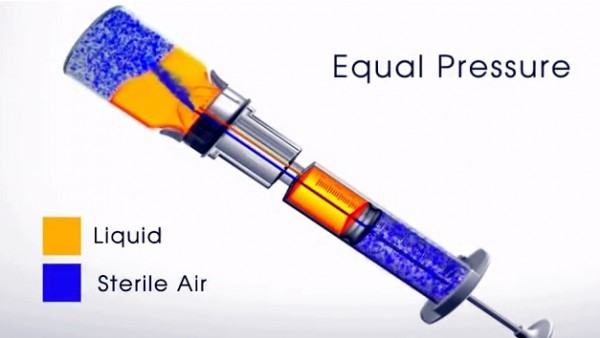
Although bio-hazard precautions such as gloves, masks, goggles, and gowns do provide protection for medical staff, they do not fully protect them.
“I will also make you a light for the Gentiles, that my salvation may reach to the ends of the earth.” (Isaiah 49:6)
Even though precautions are taken, hospital staff run the risk of infertility, leukemia, cancer, birth defects and miscarriage through their exposure to hazardous substances used to treat patients.
Chemotherapy drugs and certain antiviral drugs are two examples. Simple contact with some of these can make a person very sick.
A recent study at Toronto’s Ryerson University, however, revealed that despite precautions to reduce this risk, treatment areas were found to retain the residue of anti-cancer drugs and other dangerous pharmaceuticals.
The study also found residues of these materials on the hospital workers themselves. Over one-fourth of nurses who attend to patients undergoing chemotherapy were found to have a residue of anticancer drugs on their skin.
To manage this serious risk, a special syringe has been developed by Equashield. This Israeli biotech company has developed Closed System Transfer Devices (CSTD) for hazardous drugs.
“The only way to avoid this [risk] is with a sterile transfer system that ensures that the medicine remains uncontaminated, as do workers, and our product helps accomplish this,” Equashield CEO Eric Shem-Tov said. (Times of Israel)
The CSTD is a user-friendly, air-tight syringe. Its two chambers prevent the buildup of excess pressure that can expel dangerous droplets or vapors. As a pre-assembled closed syringe, it is being hailed by the company as the safest on the market.
Equashield is now marketing an improved version of their CSTD called Equashield II, a breakthrough in medical occupational safety.






